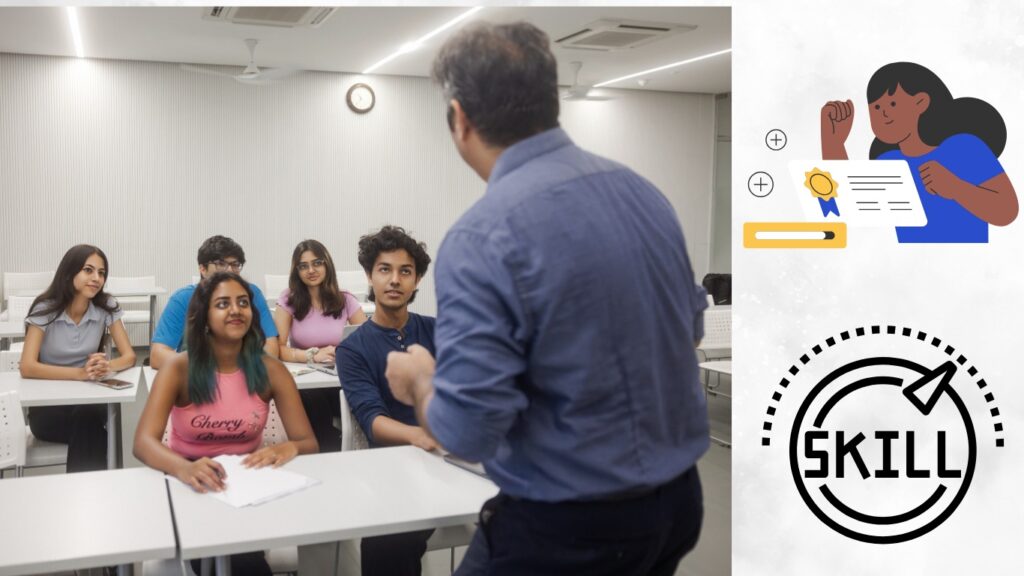When it comes to learning English, classroom study is just one part of the journey. Real confidence comes from using the language in everyday settings—especially in high-impact, meaningful situations. That’s why taking part in activities like a First aid and CPR course not only helps you gain life-saving skills but also improves your language ability in powerful, practical ways. The language of safety, care, and quick thinking can be just as important as grammar books and flashcards—and far more memorable.
Why Language Learning Needs Real-World Practice
Many English learners hit a plateau when their learning is limited to textbooks and apps. Why? Because language is a living, breathing skill—it grows fastest when you use it in real conversations, under real conditions.
Courses like first aid are immersive by nature. You’re required to listen carefully, respond clearly, and often work in small groups. You engage in both verbal and physical instruction, which strengthens memory and understanding through active learning. This kind of context-rich environment allows learners to absorb vocabulary more naturally—and use it with confidence.
Context Is King: Vocabulary That Sticks
When you’re told to “check for breathing” or “apply pressure to the wound,” you’re not just hearing new words—you’re doing them. This creates a stronger connection in your brain between meaning and usage.
Unlike learning words from a list, understanding terms like “compression,” “pulse,” “rescue breaths,” and “unconscious” in the moment gives them real emotional weight. They’re not just academic—they matter. And because of that, you’re more likely to remember them.
This type of vocabulary learning—anchored in experience—is particularly effective for second-language learners because it mimics how we naturally learn our first language: through doing and observing, not memorizing.
Speaking With Purpose: Real Communication Under Pressure
One of the biggest hurdles for language learners is speaking out loud—especially in front of others. First aid training creates a safe space to practice communication in high-stakes scenarios where clarity and calm are essential.
You’re asked to give verbal instructions, answer questions, and sometimes explain actions to others in role-play scenarios. This builds both confidence and fluency. Unlike scripted conversations in a textbook, these moments are dynamic and unexpected—just like real conversations in the world.
As a result, your listening, speaking, and comprehension improve together. You’re learning not just what to say, but how to say it clearly, quickly, and respectfully.
Cultural Understanding: Learning How Communities Care
Language and culture are closely connected. First aid and CPR courses often reflect a country’s values around community responsibility, health, and communication.
In English-speaking countries like Canada, the U.S., or the U.K., calling emergency services, comforting a stranger, or stepping in to help in public are considered civic responsibilities. Learning these norms through a first aid course gives you not only language tools, but also cultural fluency. You become more aware of how to act—and speak—in emergency situations in a way that fits the expectations of your community.
Building Your Resume While Learning English
Many English learners are also job seekers. Having a First Aid and CPR certification can be a valuable addition to your resume—especially in industries like hospitality, childcare, education, customer service, and healthcare.
But what employers often notice just as much is your ability to communicate clearly in English under pressure. Taking a course like this proves that you’re serious about self-improvement, can follow technical instructions, and are confident in high-stress situations—all while developing your language skills.
This combination of hard skill + language development makes you a more competitive candidate.
Peer Learning and Social Connection
Another underrated benefit? You meet people. Many first aid courses involve small group activities or partnered exercises. This offers a great opportunity to make new connections, practice casual English, and become more comfortable interacting with native speakers or more advanced learners.
You may even find that explaining steps or asking questions during practice becomes one of the most valuable parts of your learning—especially when it comes to building listening and speaking fluency.
Conclusion: Learn English With Impact
If you’re looking to strengthen your English in ways that go beyond grammar rules and classroom repetition, real-life training experiences like first aid are one of the best things you can do. You’ll walk away with a life-saving skill—and a stronger command of the language.
Whether you’re new to English or building toward fluency, enrolling in a practical course like this can transform your understanding of the language, your confidence in speaking, and your ability to connect with your community. And that’s what true language learning is all about.



